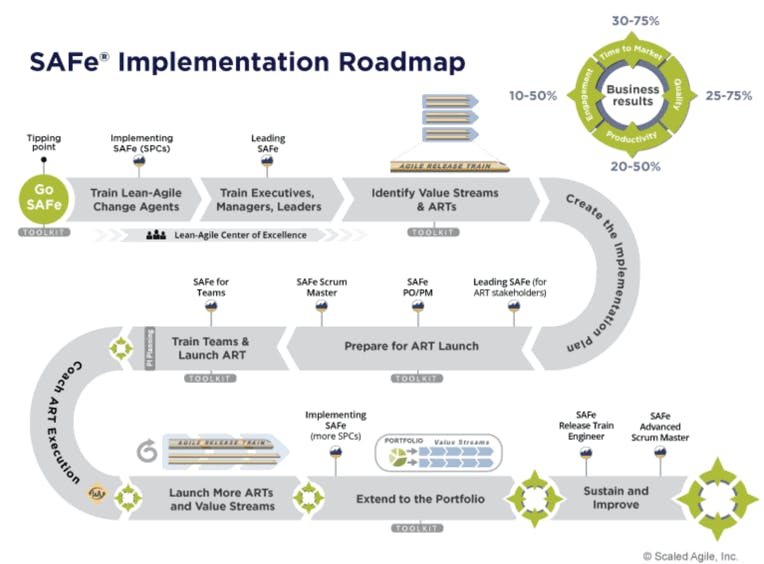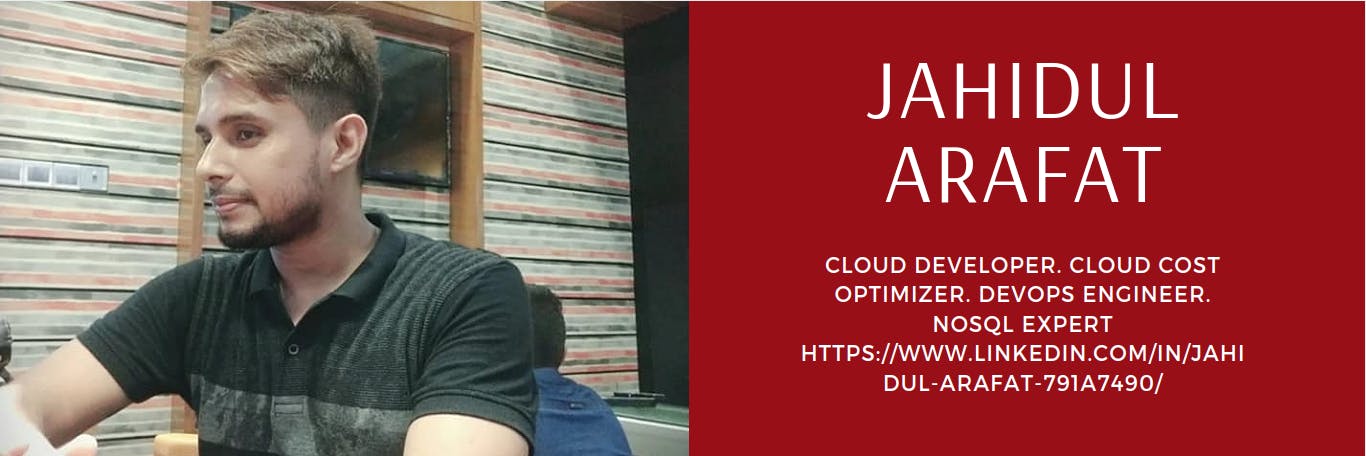AgileScrum-Blog#06 Is Scaled Agile Framework(SAFe) Push or Pull or Both or Neither?
Pull Vs Push Method, Scaling Agile, When to apply scaled agile solutions?
Is Scaled Agile Framework(SAFe) Push or Pull or Both or Neither??
- [ ] It is a "push" system.
- [ ] It is "push" at the top and "pull" at the bottom.
- [x] It is a "pull" system.
- [ ] It is neither "push" nor "pull."
1. SAFe (Scaled Agile Framework)
The impression that ‘our problems are different’ is a common disease that afflicts management the world over. They are different, to be sure, but the principles that will help to improve the quality of product and service are universal in nature. —W. Edwards Deming
- SAFe provides guidance to assist the teams in constantly improving the quality of their deliverables and meeting the Definition of Done (DoD).

1.1 7 Principles to Successfully Scale Agile
So what works? Here are a few tried-and-tested techniques of good Agile in practice.
- Understand That Positive Change Is the Only Constant
- Connect Vision to Work
- Value Product Backlog Management
Pull, Don’t Push, Work
- Agile organizations need to balance push (the investors, sales, competitors, market conditions and others creating demand) versus the pull (which is constrained by limited capacity, skills, time, costs, etc).
- Product backlog management can help this, by driving strategy and vision.
- End-to-end visibility of how value is added is the other important aspect of enabling an organization to embrace this mentality.
One of the best ways to judge how well an organization fulfills these principles is to look at how they plan their releases.
From my experience, the best organizations make release planning more of an “event” for the organization. Enterprise-wide retrospectives are held. Visions and market outlooks are re-iterated to everyone. Product backlog decisions are made for the next quarter. After this event, teams pull work from the backlog and deliver it continuously using more and more standard CI/CD practices.
- Make Budgeting More Flexible
- Focus on Business Outcomes
- Don’t Overlook Tooling
1.2 Scaled Agile
Scaled Agile concerns multiple teams who work on a shared mission or ambition. It can be as small as two teams or as large as an entire organization.
An example. Saab is developing a top end fighter plane. Developing a fighter plane is an exceedingly complex process. In the past many comparable projects have seen massive delays, budget overruns, and technical complications. The Joint Strike fighter is just one recent example. Saab has chosen to develop their fighter planes in an Agile way. Dozens of teams are working on the Saab JAS 39E Gripen in short three week cycles. These are not just software development teams but also include the hardware and design teams, and even the construction teams! You can imagine such an endeavor requires a high level of coordination and alignment between teams. The role of managers is to support the teams by removing obstacles and making sure teams can work as autonomously as possible. According to Jane’s Aviation Weekly the Saab Gripen is the most cost-effective combat aircraft in the world.
1.3 Getting started with scaling
There is no fixed way to shape an Agile organization. We believe that the lightest scaling framework that offers your organization the right amount of insight, structure and a way to coordinate your teams is the right one for you. Usually that means combining best practices from many frameworks. We always use the following principles:
- combine the introduction of a scaled ‘framework’ with developing the agile culture and mindset in your teams and organization
- Use the lightest possible framework that satisfies your needs
- The agile transformation should also be agile, meaning take small steps while constantly readjusting using feedback from the organization and customers.
1.4 Scenario
Two Product Owners are sitting at a table talking. Jahid tells Rafiq about an idea he had for his product. Rafiq looks at him and says "that is great idea. Where did it come from?". Jahid replies "I just pushed it from thin air." Doesn't sound right does it? It should be "...pulled it from thin air".
In your career how often have you seen things pushed upon a development team that ended well? Sure sometimes it does but most of the time it ends in different degrees of bad.
Assembly lines work based on a push model. Software Development is not an assembly line even though for years it has been treated as such.
The Scrum Guide never uses the words "push", "pull", "extract", "insert", "move", or "flow". Any movement of items into the Product Backlog, Sprint Backlog or Increment is implied. But if you read the guide the tone and discussion implicitly describes behaviors of pulling items through instead of pushing. Based on my understanding I can't think of a single agile practice that uses push instead of pull. I will admit I might be wrong and would welcome someone that can better inform me. But I feel that pull always works better than push, not only in software development but life in general.
1.5 When to apply scaled agile solutions?
Examples of questions in which scaled agile solutions might help your organization:
- How can we develop one product using multiple teams?
- I am coordinating a programme with 80 people, how can I make them work together effectively and how can I coordinate this?
- How can we reshape our organization into cross-functional, customer centric teams who self organize?
Scaled Agile situations always require a solution that is taylormade to the organization. There is no standard blueprint. Every organization is different and has different steps to take. A standard scaled agile framework is not sufficient to deal with the complexities and intricacies of an organization and its surroundings.
2. Solving Question through Elimination Strategy
Which statement describes the flow of work in the Scaled Agile Framework?
- [ ] It is a "push" system. [S01: Never, based on my opinion in Section 1.3, Software developement never uses push system]
- [ ] It is "push" at the top and "pull" at the bottom. [S02: Similar to S01]
- [ ] It is a "pull" system. [S03: Yes]
- [ ] It is neither "push" nor "pull." [S04: No, its a PULL system]
2.1 Final Answer
Which statement describes the flow of work in the Scaled Agile Framework?
- [x] It is a "pull" system.
You will have understood that Lean and Kanban have brought this notion of pull flow which is really beneficial compared to the push flow - (Collected)
Conclusion
When I was VP of Professional Services at Rally, we developed a model for maturing an organization’s Agile capabilities. The “Flow, Pull, Innovate” model nicely illustrates the importance of establishing foundational delivery capabilities at the team level before adding scale and complexity - Rally Software
Read More: Pull flow: difference with the push flow

